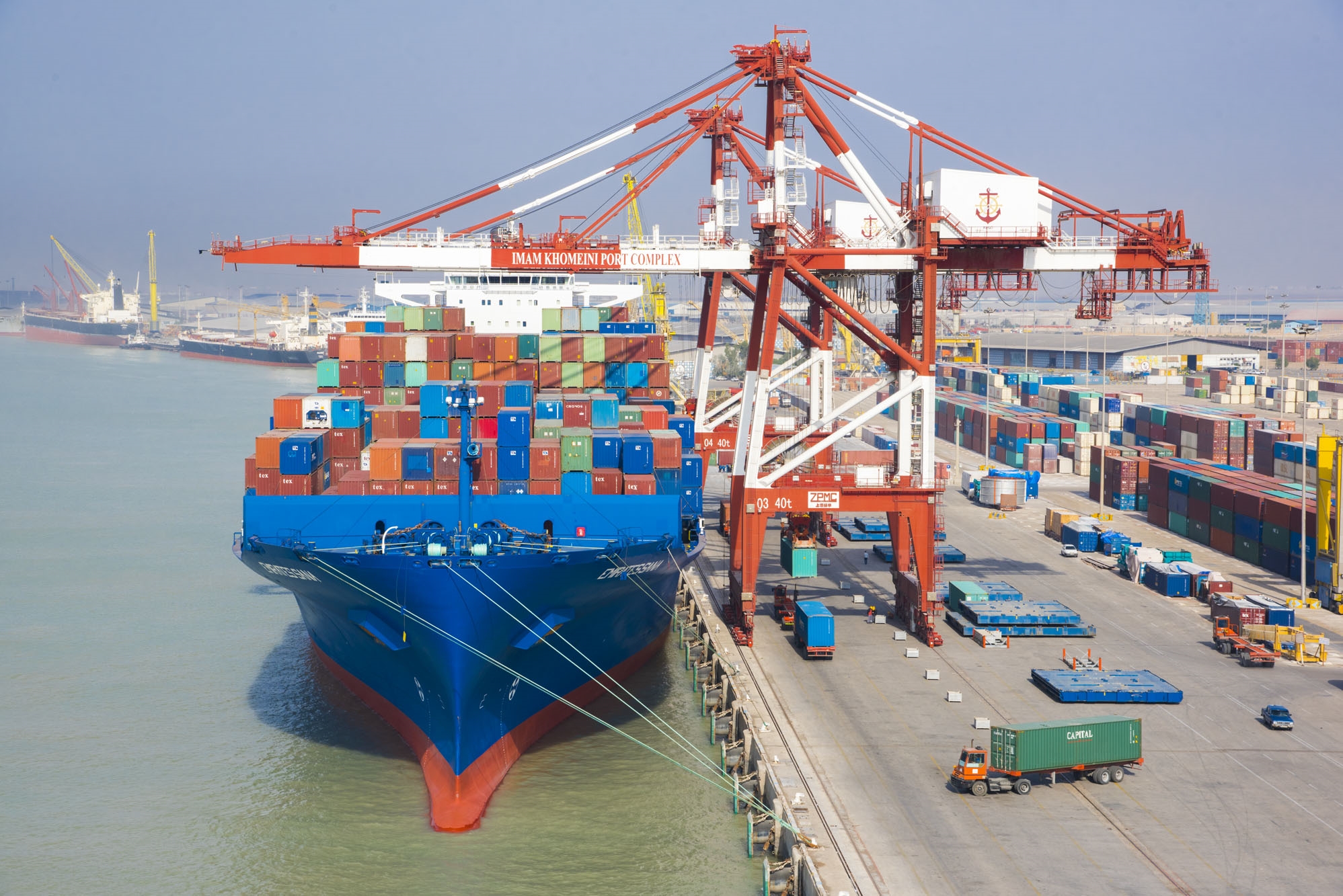A total of 5.04 million tons of goods worth $1.37 billion were exported from Khuzestan Province’s customs terminals during the first quarter of the current Iranian year (March 21-June 21), registering a 16% and 32% year-on-year decline in terms of weight and value respectively, according to Behrouz Qarebeygi, a local customs official.
Food and agriculture products, aquatic products, ironware, home appliances, polyethylene, benzene, plastic products and clinker (raw material for cement production) were the main commodities exported during the period.
The main export destinations were Iraq, Persian Gulf countries, China, Oman, Turkey and Pakistan, IRNA reported.
Khuzestan ranks first in terms of the total weight of goods exported from Iran and second in terms of the value (after Bushehr), the report said.
Imports into the province stood at 3.38 million tons worth $2.92 billion in Q1, registering an 11% decrease in terms of value compared with the corresponding period of last year.
The imports included essential goods (livestock feed and grains), mechanical devices, fertilizers and raw materials of factories and production units.
The UAE, China, India, Russia, Germany and Turkey were the main exporters to Khuzestan in Q1.
A major oil-producing region of Iran, Khuzestan is one of the wealthiest provinces of the country. It is home to Yadavaran Field, which is a major oilfield.
Khuzestan holds 80% of Iran's onshore oil reserves and 57% of total oil reserves, making it indispensable to the Iranian economy.
Local agricultural products include wheat, barley, oilseeds, rice, eucalyptus, medicinal herbs and sugarcane. The province is also home to many palm-groves and citrus farms.
The province is also home to the Arvand Free Trade Zone and the PETZONE (Petrochemical Special Economic Zone) in Mahshahr.
The Arvand zone is located on the northern tip of Persian Gulf and borders Khuzestan Province and the major cities of Khorramshahr, Abadan and Minoushahr. The zone is spread across 8,600 hectares and includes administrative, tourism and commercial areas.
The free zone is of special significance, as it is in the neighborhood of Iraq and Kuwait.
Bordering Arvand River and beyond in southern Iraq, FTZ has a unique proposition on offer. It has direct access to the Iraqi market.
Among Iran’s neighboring countries, Iraq is the largest market for Iranian products.
In 2004, the zone’s transformation from a rural to industrial and commercial regions started. It was officially demarcated by 2005.
Some 190 production units are active in Arvand FTZ.


